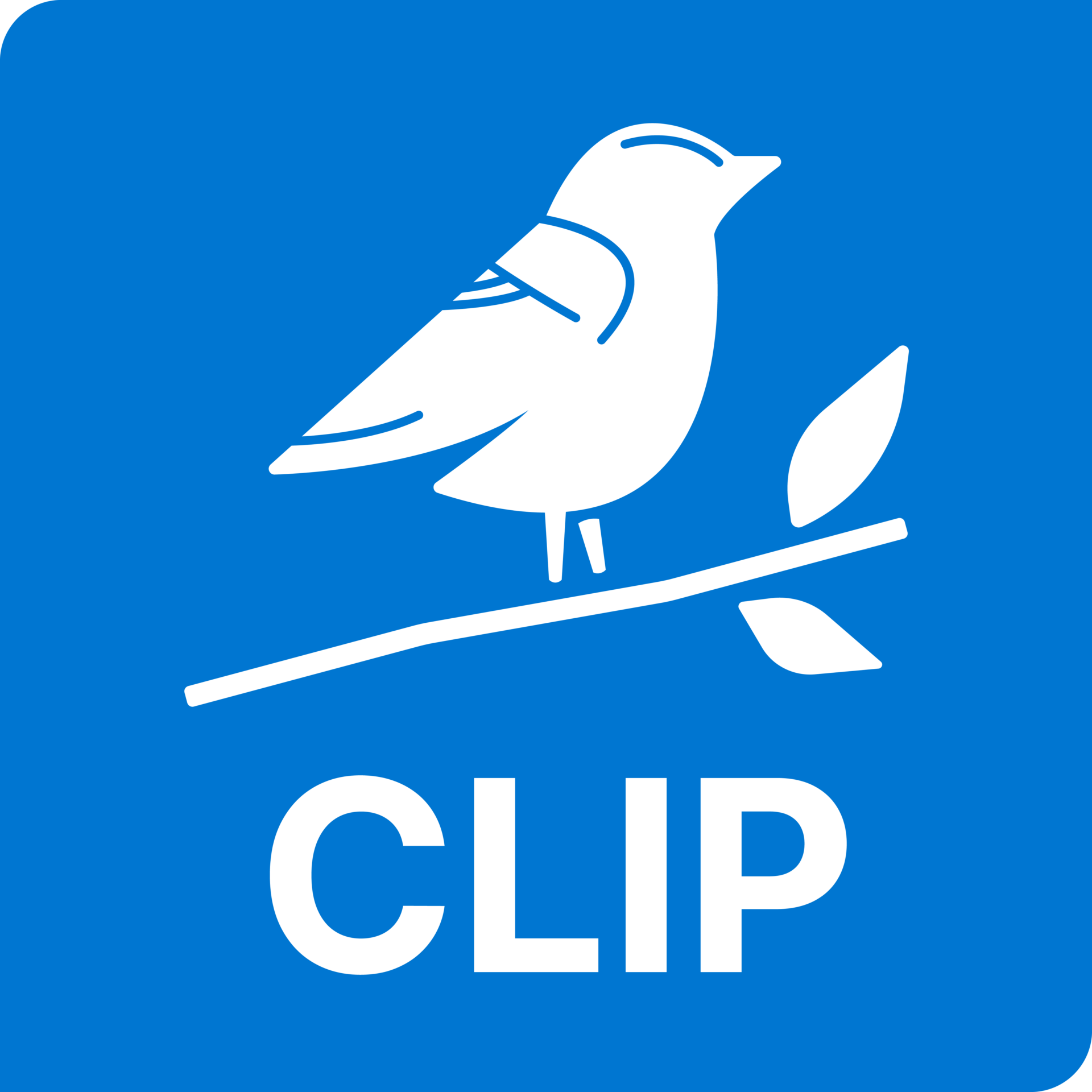
CLIP is not designed for the long-term placement of children and youth who need housing or a place to grow up. CLIP is a course of psychiatric treatment with a focus on stabilization and skill development/acquisition that aims to reintegrate children and youth back to their homes, families, communities, or long-term supportive environments, as soon as deemed clinically appropriate.
All children served in a CLIP Program are eligible for Medicaid funding while in residence. If the child has private insurance that covers psychiatric inpatient care, those benefits are also applied to the cost of stay. Read more about Medicaid.
Most families do not have to pay anything towards their child’s cost of CLIP care, but there are exceptions.
There are a few different reasons why your child may be required to pay part of the cost of their CLIP care. United States’ law requires our site to review money of income that is in a child’s name. The CLIP program may also bill a parent/guardians private insurance. Please ask the admission counselor about this clause and if it applies to you and yourfamily.
CLIP is not designed for the long-term placement of children and youth who need housing or a place to grow up. CLIP is a course of psychiatric treatment with a focus on stabilization and skill development/acquisition that aims to reintegrate children and youth back to their homes, families, communities, or long-term supportive environments, as soon as deemed clinically appropriate.
The voluntary application process is a two-tiered process that begins with contacting your local BH-ASO/MCO representative. If a local decision is made to proceed with a referral to CLIP, the BH-ASO/MCO gathers all the application materialsand contacts the CLIP Administration. The CLIP Administration is the final authority for determining a child’s eligibility for admission.
Yes, as long as the child meets admission criteria.
Wait times vary greatly and are dependent upon bed availability, family/community choice, geographic proximity, age, gender, presenting clinical needs, etc. Once a child is eligible for admission as determined by the CLIP Administration, his/her name is placed on the state waiting list and will be admitted when a bed is available at the appropriate CLIP Program.
A CLIP admission is not available as a crisis service. Nor are children admitted to aCLIP Program solely because they need a safely live. A stay in a CLIP Program is a treatment episode that is planned in a collaborative way based upon the strengths and needs of the individual child and his/her family.
Find more information on our Ricky’s Law, Involuntary Treatment Act (ITA) webpage. Ricky’s Law: Involuntary Treatment Act | Washington State Health Care Authority
